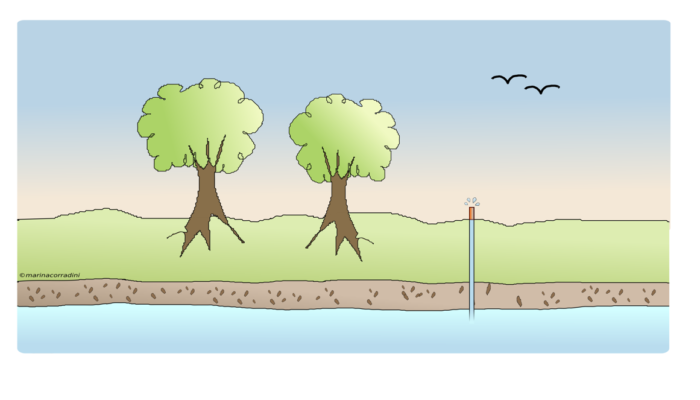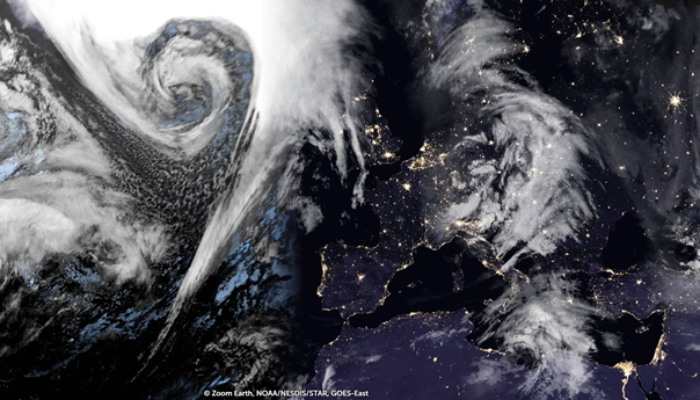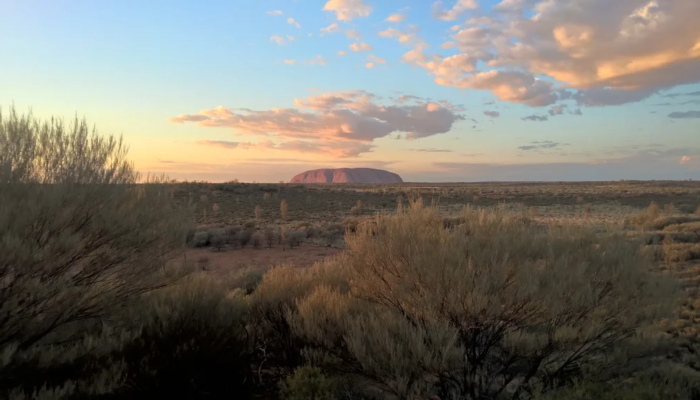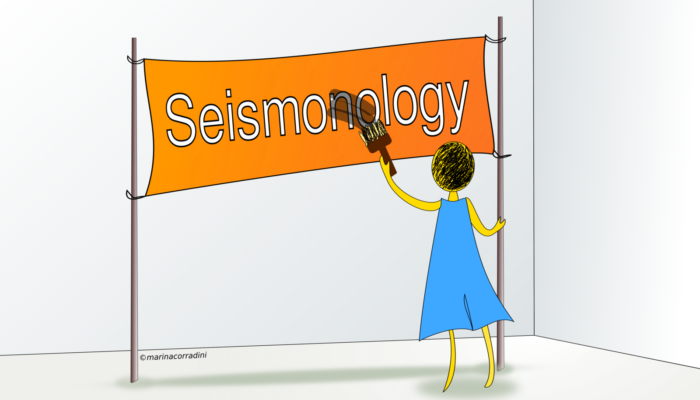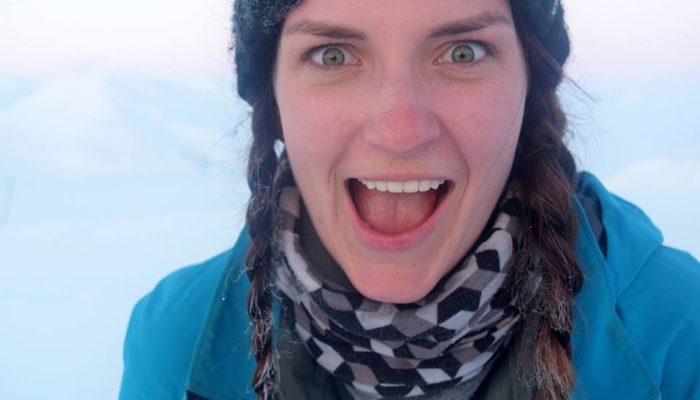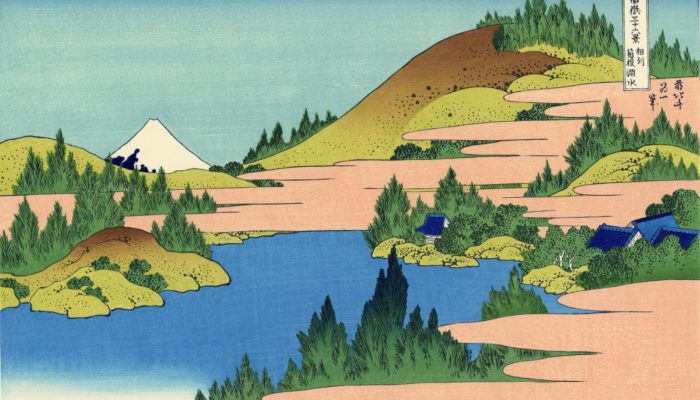Tom Doehne has been watching the news reports on the effects of climate change on human civilization. Dumbfounded that the main stream has not peered beyond the variable intensity of weather patterns and the mere notion of rising sea levels, he pondered: Will the increase in ocean level trigger more slippage along subduction zones? Dear Tom, In terms of geophysical research angles this really is a ...[Read More]
GeoLog
Accessibility at EGU: Parenting at the General Assembly? Yes to the creche!
As part of EGU’s steps to further accessibility and inclusivity at the General Assembly, we have recently published a dedicated webpage with guidance for parents wanting to bring their children with them to Vienna. Whether you are looking for breastfeeding facilities, wondering about childcare whilst you are presenting or want to bring your 13 year old with you to the conference, this page h ...[Read More]
Geodynamics
Science. Exploration. Survival.
A scientific career can be a struggle. This week Dave Stegman, Associate Professor at Scripps, draws parallels between being a scientist and being an Antarctic explorer. He dangled in the crevasse, unable to touch the sides; the abyss beneath was hundreds of feet deep; the rope he was suspended from was 14 feet long, connected above to the sledge he had been hauling. Was it luck when his sledge ha ...[Read More]
Seismology
Ambient seismic noise and the quest for groundwater
Groundwater is water stored within permeable geological formations, and nearly a third of Earth’s freshwater supply comes from this source (a). In Africa, the overwhelming majority of distributable freshwater is contained in groundwater, and in the EU, 75% of the population relies on groundwater (b). This dependence on groundwater is steadily rising. As humanity as a whole, figures out how ...[Read More]
Nonlinear Processes in Geosciences
The 2020 extra-tropical monster cyclones and their (possible) relations with climate change
On February 9th, a British Airways Boeing 747 landed in London Heathrow airport just four hours and 56 minutes after its take-off in JFK, New York, setting the shortest flight-time for non-supersonic jets over this route. The jumbo jet took advantage of the fast upper-tropospheric winds associated with an exceptionally strong jet-stream which created tail winds of about 400km/h. Over the United Ki ...[Read More]
GeoLog
Imaggeo on Mondays: The sun rises also in the middle of nowhere
Uluru in Australia is one of the most visibly recognisable geological features in the world. This sandstone formation covers an area of 3.3 kilometres and stands 345 metres above the plains around it. According to geoscientists, the rocks that form Uluru were deposited in an inland sea during the Cambrian Period approximately 500 million years ago. The arkose sandstones were then uplifted and fold ...[Read More]
Seismology
Early Career Scientist representative? You might be the next one!
Why Early Career Scientist (ECS) representatives? The EGU SM division tackles cutting-edge research topics covering a large variety of basic and applied scientific fields in the context of both natural resources and natural hazards. The EGU SM division is a space where one can discuss a wide range of scientific questions and their societal impact. To engage in a forward-looking discussion and stre ...[Read More]
Cryospheric Sciences
An interview with Jean Holloway on the importance of mental health in graduate school
Recent studies have shown that mental health conditions are far more common in graduate students than in the general public (e.g. Bolotnyy et al., 2020). Despite the prevalence, these issues are not something that are often openly discussed, and graduate students often don’t seek treatment. This week, we are interviewing Jean Holloway who aims to shed some light on her personal experience with som ...[Read More]
Geodynamics
The Sassy Scientist – Science Sweethearts III
Athena is torn between desire and duty, and asks: What is your opinion on workplace romances? Dear Athena, Following the overwhelming success of the last two posts on workplace romance, this Valentine’s Day has prompted a return to the magic of poetry to answer this question. In the form of the villanelle this time. No, not the beloved character from the tv show or the novella series, but th ...[Read More]
Seismology
Imaging volcanic perturbations induced by large earthquakes
In a study recently published in Nature Communications [1], an international team led by researchers from the Institut de physique du globe de Paris (IPGP) has sought to better understand how the 2011 Tohoku-Oki mega-earthquake in Japan disrupted volcanic regions, by monitoring the seismic anisotropy in these regions before and after the earthquake. What is seismic anisotropy? A seismic wav ...[Read More]




